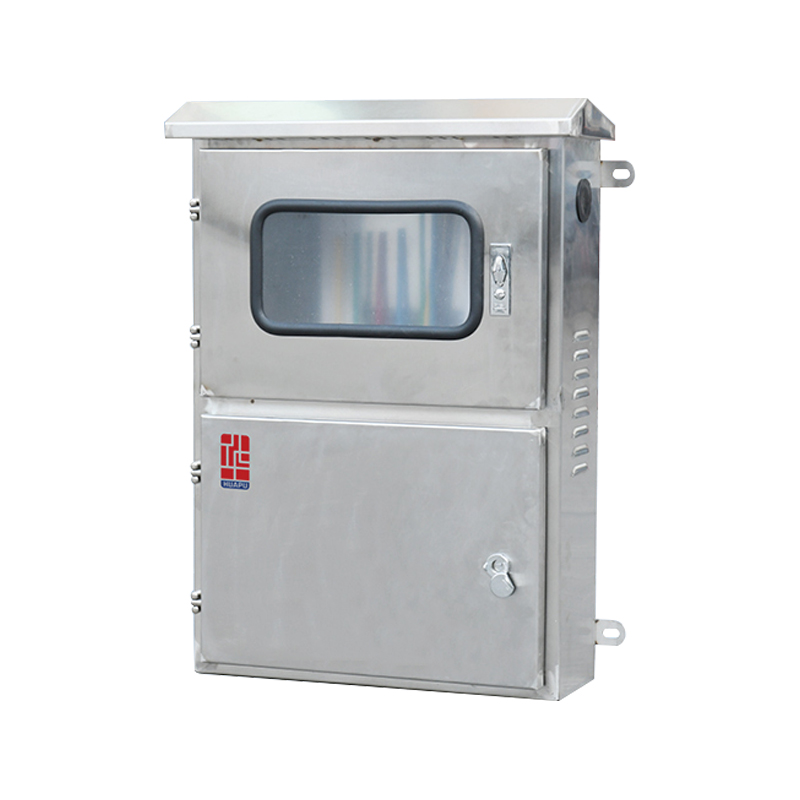Industry News
Material and Design Features of PV Distribution Cabinets
A photovoltaic electrical power distribution cabinet is a crucial component in solar power systems. It serves as the central point where electrical power generated by photovoltaic (PV) panels is collected, controlled, and distributed to various loads or the grid. These cabinets help ensure the safe and efficient operation of solar energy installations by housing electrical components in a protected and organized environment.
In a PV system, solar panels convert sunlight into direct current (DC) electricity. This electrical energy must be managed before it can be used in homes, businesses, or fed into the electrical grid. The distribution cabinet acts as the interface between the PV array and downstream electrical devices, including inverters, meters, and circuit breakers.
The cabinet collects the DC power from multiple strings of solar panels and routes it to inverters that convert DC to alternating current (AC). It also distributes the AC power to various circuits, providing control and protection functions. The cabinet ensures electrical safety by integrating protective devices that prevent overloads, short circuits, and other faults.
Photovoltaic electrical power distribution cabinets are generally constructed from materials that provide mechanical strength and resistance to environmental factors such as moisture, dust, and temperature variations. Commonly used materials include powder-coated steel or corrosion-resistant aluminum.
Inside the cabinet, several key components are housed:
Circuit Breakers: Protect the electrical circuits by interrupting the flow in case of faults.
Disconnect Switches: Allow manual isolation of the system for maintenance or emergency.
Surge Protection Devices: Guard against voltage spikes caused by lightning or switching.
Fuses: Provide additional overcurrent protection.
Monitoring Equipment: Some cabinets include meters or communication modules to track system performance.
The design often includes ventilation or cooling features to prevent overheating, especially in outdoor installations exposed to direct sunlight.
The placement of a photovoltaic power distribution cabinet should allow easy access for operation and maintenance while protecting it from physical damage. It is typically installed close to the PV array or the main electrical panel.
Proper grounding and bonding are critical to ensure electrical safety and system reliability. The cabinet’s enclosure must meet relevant electrical codes and standards to withstand environmental stresses.
Cable entry points are designed to maintain a secure and sealed connection, preventing ingress of dust and water. This protection is important to extend the service life of internal components and maintain consistent performance.
Using a dedicated power distribution cabinet improves the organization of electrical connections, reducing complexity and potential errors. It centralizes control and protection devices, simplifying maintenance and troubleshooting.
The cabinet also supports system scalability, allowing for easy integration of additional PV panels or system upgrades without major rewiring. This modular approach helps accommodate changing energy needs over time.
Furthermore, the use of a distribution cabinet enhances safety by incorporating standard protection devices and isolating circuits during faults or maintenance activities.
Photovoltaic electrical power distribution cabinets are used in a variety of settings:
Residential solar installations manage power flow from rooftop panels.
Commercial and industrial solar arrays, where larger capacity and multiple strings require organized control.
Utility-scale solar farms, integrating hundreds or thousands of panels with complex distribution needs.
Off-grid systems where power management and protection are vital to ensure system stability.
Routine inspection of the distribution cabinet is important to ensure continued performance. Checking for signs of corrosion, loose connections, or damage to protective devices can prevent potential system failures.
Keeping the enclosure clean and verifying seals helps protect internal parts from environmental damage. Regular testing of circuit breakers and switches ensures they operate correctly when needed.

Next
Purpose and Function of Underground Electrical Junction Boxes
<p>An <a href="/product/" target="_blank">underground cable electric...
View More- PRODUCTS
- New Energy Power Distribution Equipment
- Box Type Substation
- Cable Branch Box/Switch Station
- High Voltage Switchgear
- Low Voltage Switchgear
- Engineering Vacuum Circuit Breaker
- New Energy Vehicle Floor Charging Pile
- Commercial Energy Storage
- Photovoltaic Complete Box
- High Voltage Arrester
- INFORMATION
-
-
Phone+86-13868788848
+86-13356188725 -
Tel+86-0577-88810567
-
E-mail
-
AddNo. 59, Youyi Road, Xinguang Industrial Zone, Liushi Town, Yueqing City, Zhejiang, China
-
- ENQUIRE WITH US
Photovoltaic Module Manufacturer




 English
English  中文简体
中文简体  русский
русский  Español
Español  عربى
عربى 


